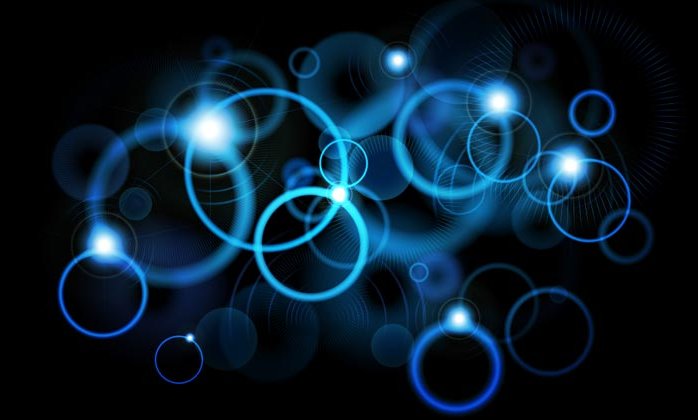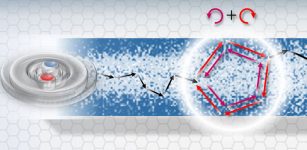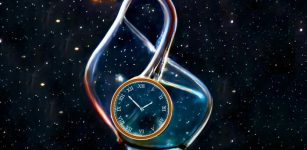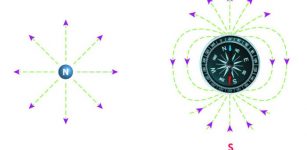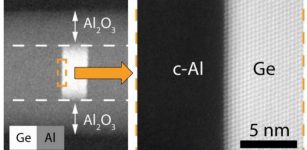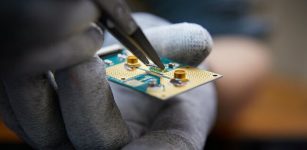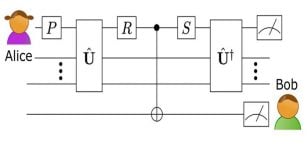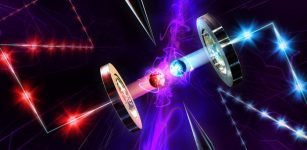Physicists Describe Photons’ Characteristics Inherent To Protecting Future Quantum Computing
Eddie Gonzales Jr. – MessageToEagle.com – Consumers need to be confident that transactions they make online are safe and secure. A main method to protect customer transactions and other information is through encryption, where vital information is encoded with a key using complex mathematical problems that are difficult even for computers to solve.
But even that may have a weakness: Encrypted information could be decoded by future quantum computers that would try many keys simultaneously and rapidly find the right one.
To prepare for this future possibility, researchers are working to develop codes that cannot be broken by quantum computers. These codes rely on distributing single photons—single particles of light—that share a quantum character solely among the parties that wish to communicate.
The new quantum codes require these photons to have the same color, so they are impossible to distinguish from each other, and the resulting devices, networks, and systems form the backbone of a future “quantum internet.”
Researchers at the University of Iowa have been studying the properties of photons emitted from solids and are now able to predict how sharp the color of each emitted photon can be.
In a new study, the researchers describe theoretically how many of these indistinguishable photons can be sent simultaneously down a fiber-optical cable to establish secure communications, and how rapidly these quantum codes can send information.
“Up to now, there has not been a well-founded quantitative description of the noise in the color of light emitted by these qubits, and the noise leading to loss of quantum coherence in the qubits themselves that’s essential for calculations,” says Michael Flatté, professor in the Department of Physics and Astronomy and the study’s corresponding author. “This work provides that.”
Written by Eddie Gonzales Jr. MessageToEagle.com Staff

